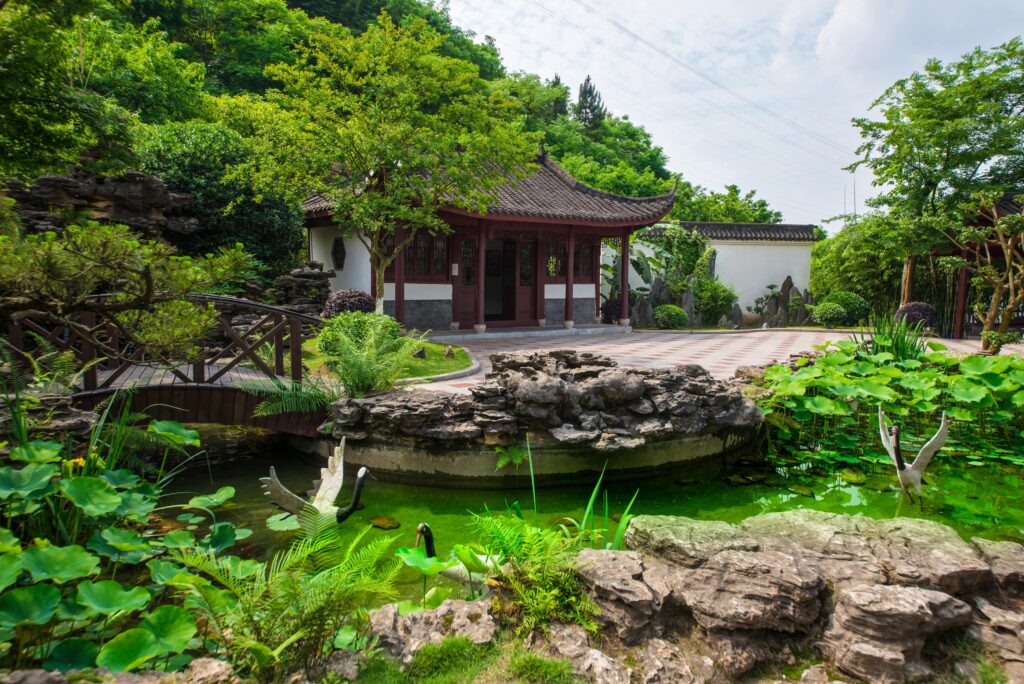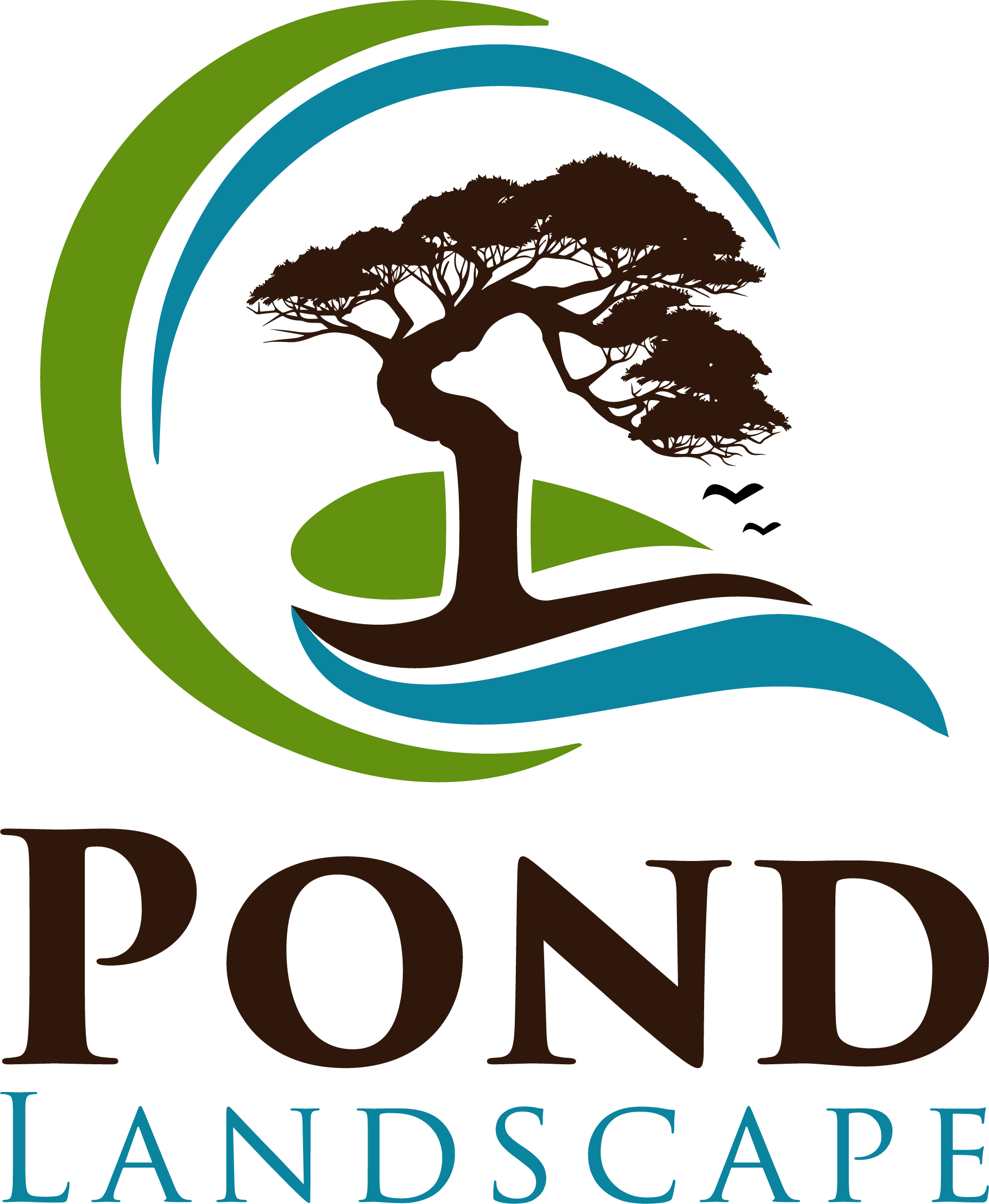Renovating and upgrading an existing Koi pond can breathe new life into the aquatic environment, enhancing both its functionality and aesthetic appeal. Here’s a breakdown of key aspects to consider:
Assessing Current Conditions
Begin by thoroughly evaluating the current state of the pond, including its size, shape, filtration system, and landscaping. Identify any areas that require improvement or repair, such as leaks, worn-out equipment, or overgrown vegetation.

Identify Renovation Goals
Before starting a renovation, it is necessary to clearly define the goals of the project. Goals may include improving water quality, enhancing aesthetic value, or expanding aquarium space. Defining clear goals will help project planning and implementation go more smoothly.
Design Enhancement
Consider redesigning certain aspects of the pond to optimize space utilization and improve visual impact. This may involve reshaping the pond, adding water features like waterfalls or streams, or incorporating new hardscape elements such as rocks or bridges.
Upgrading Filtration and Water Quality
Upgrade filtration systems to ensure efficient removal of debris and maintenance of water quality. Install advanced filtration technologies such as biological filters, UV sterilizers, or skimmers to achieve optimal water clarity and purity.
Enhancing Aesthetic Appeal
Enhance the beauty of the pond by adding decorative elements such as aquatic plants, ornamental fish shelters, or underwater lighting. Incorporate natural materials and landscaping techniques to create a harmonious and visually pleasing environment.
Addressing Safety Concerns
Ensure the safety of both the Koi fish and visitors by addressing any potential hazards such as sharp edges, inadequate barriers, or electrical risks. Install safety features like netting, fencing, or warning signs as needed.
Incorporating Sustainable Practices
Implement eco-friendly practices to minimize environmental impact and promote sustainability. This may include using energy-efficient equipment, conserving water resources, and selecting native plants that require less maintenance and water.
Regular Maintenance and Monitoring
Establish a routine maintenance schedule to keep the pond clean, balanced, and healthy. Regularly inspect equipment, test water parameters, and perform necessary tasks such as algae removal, water changes, and plant pruning.
By following these steps, pond owners can transform their existing Koi ponds into vibrant, thriving aquatic habitats that provide enjoyment for years to come.
Last modified: 10 July, 2024

